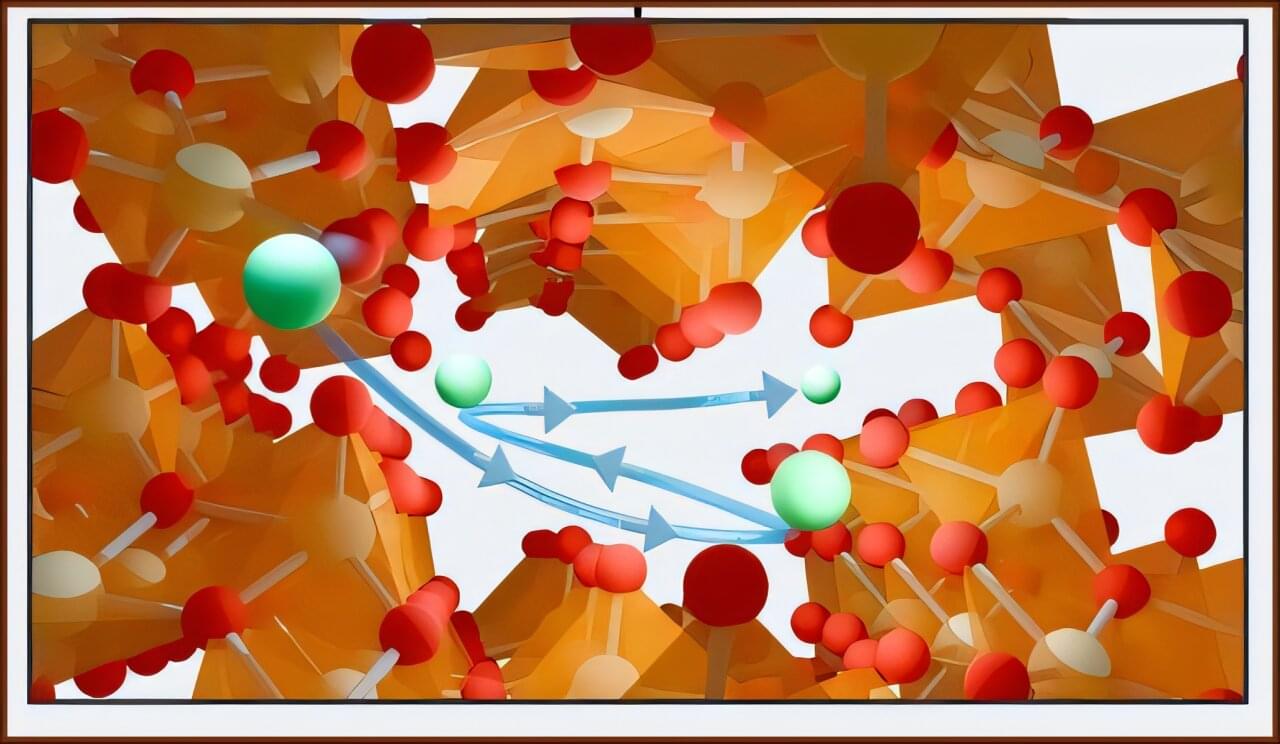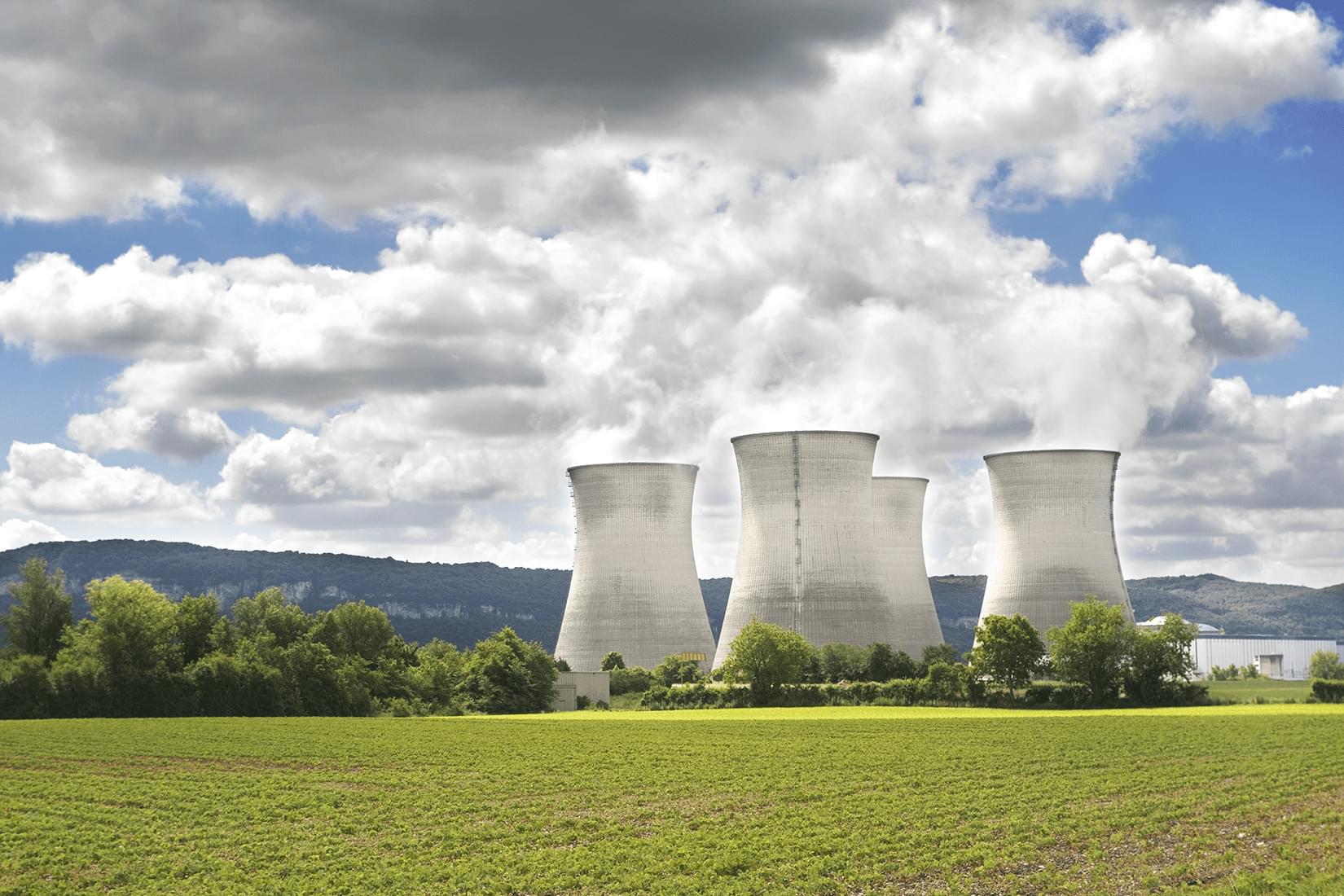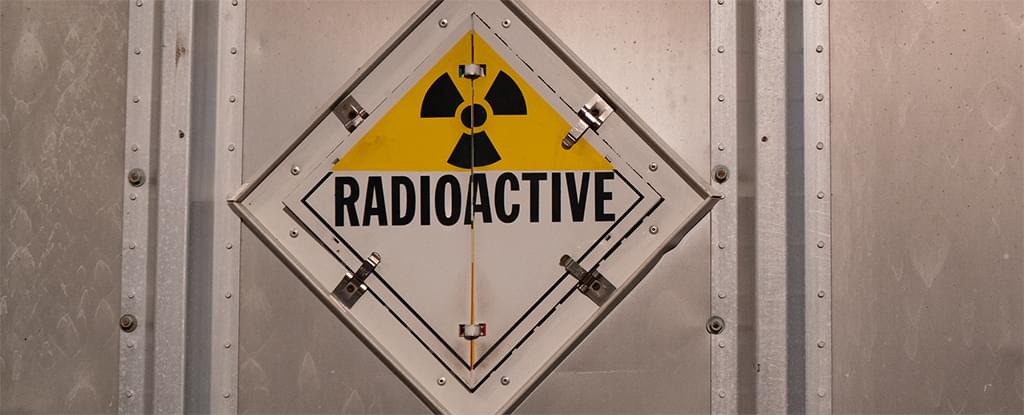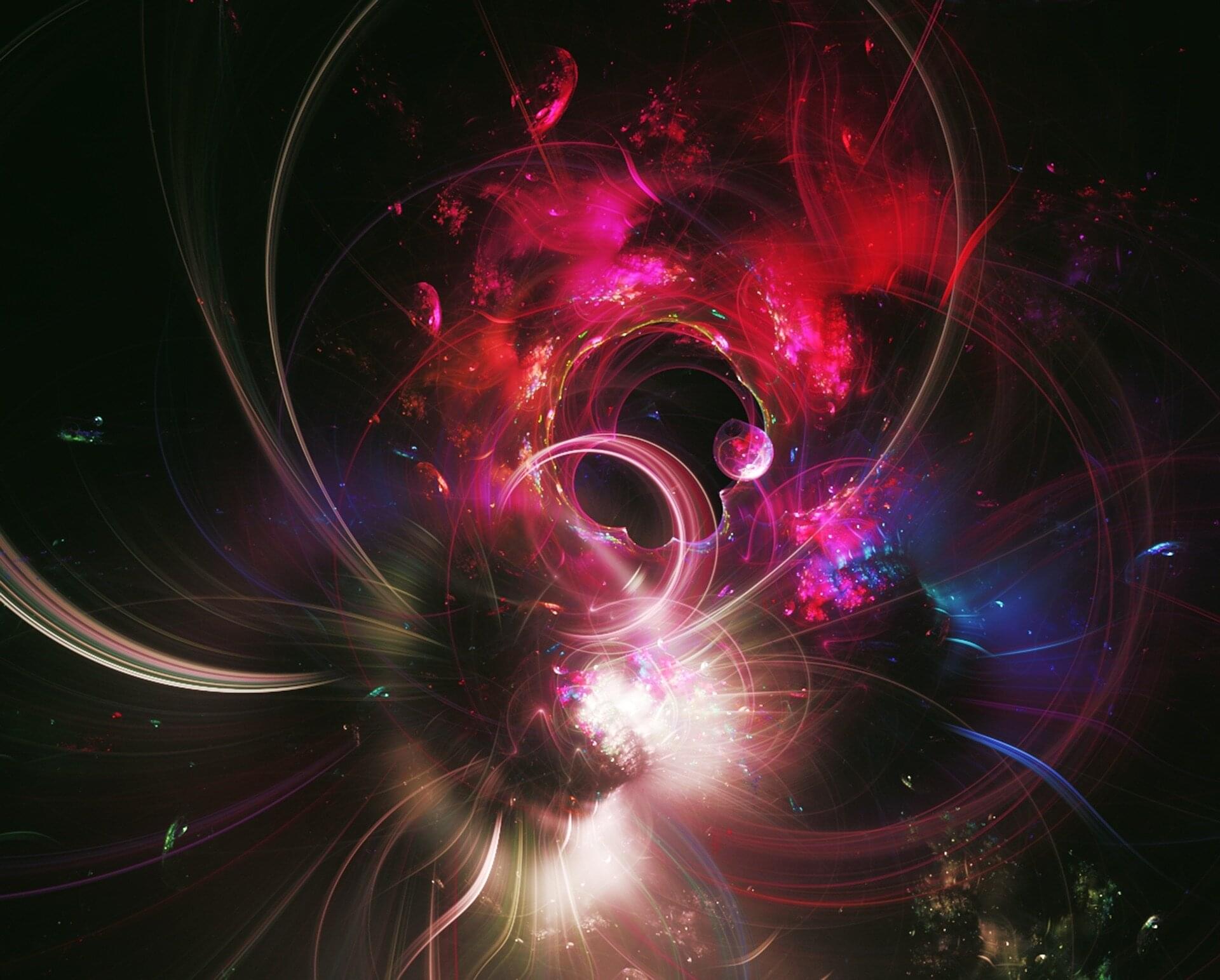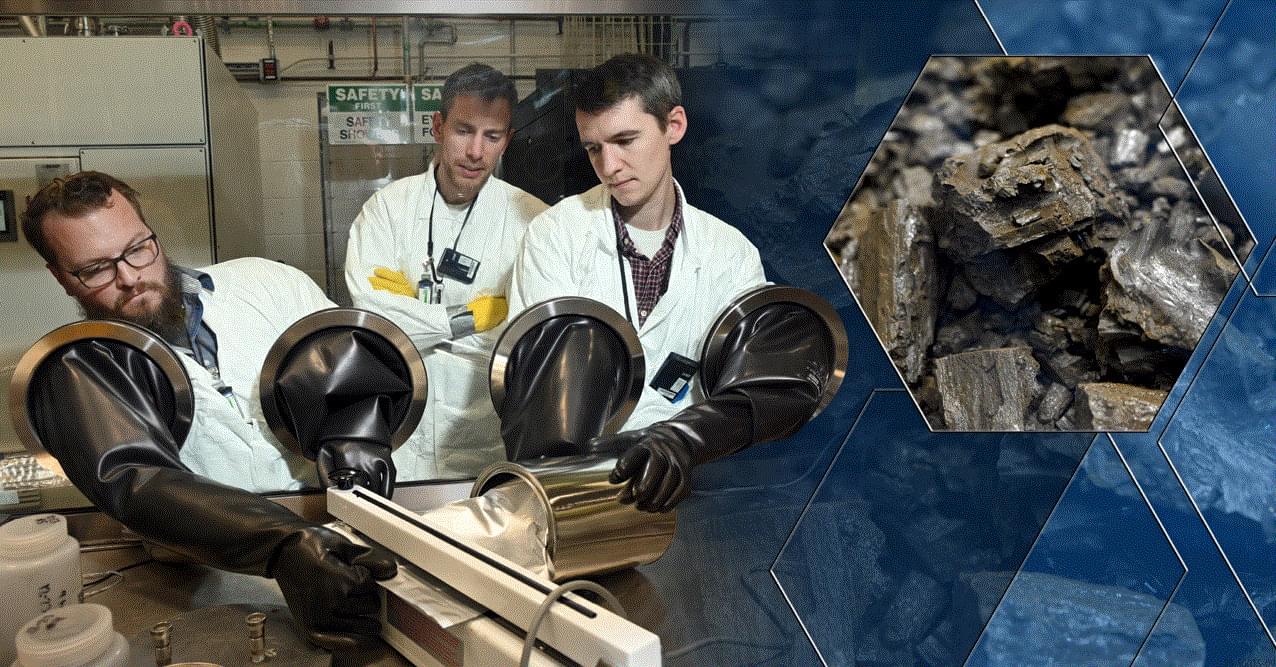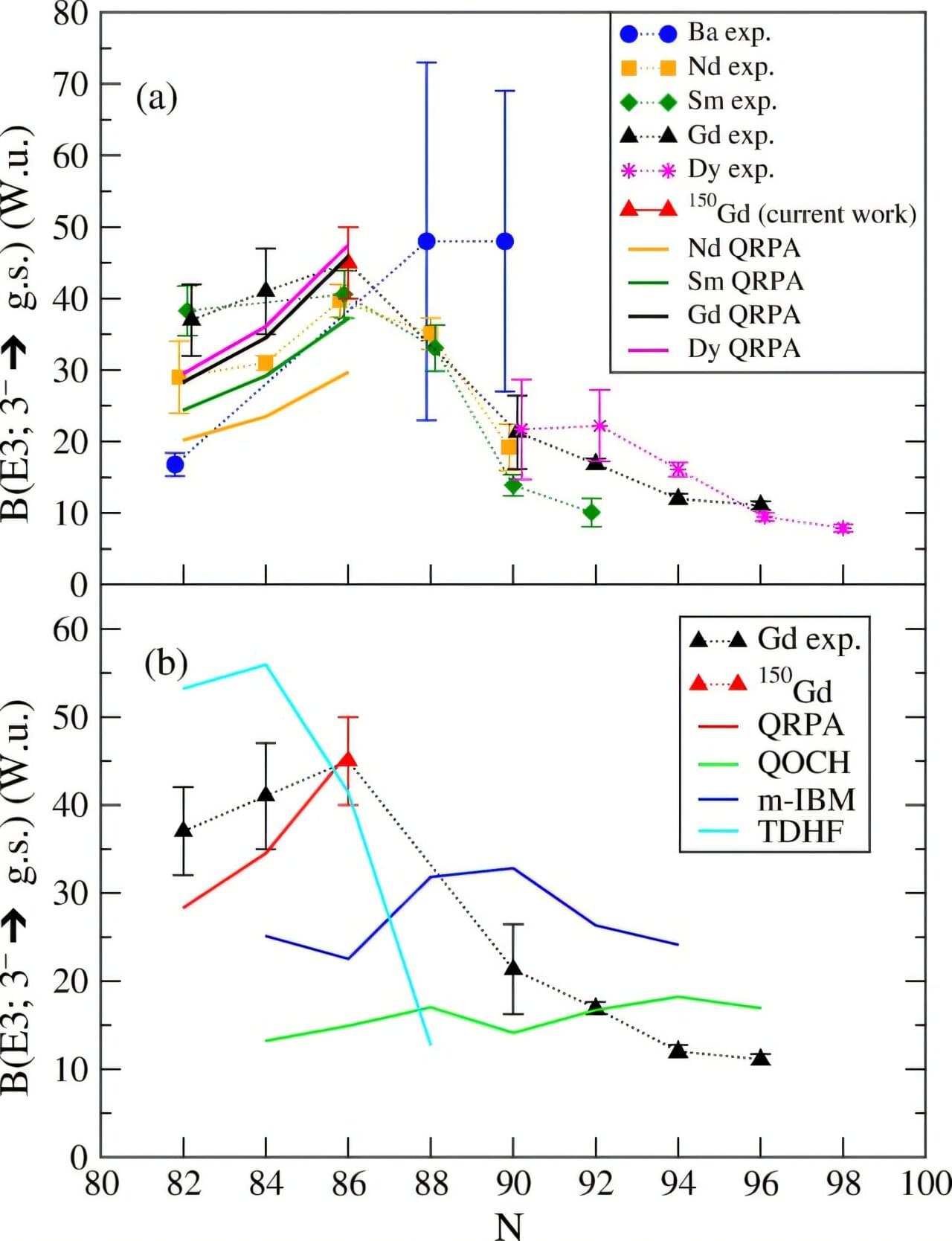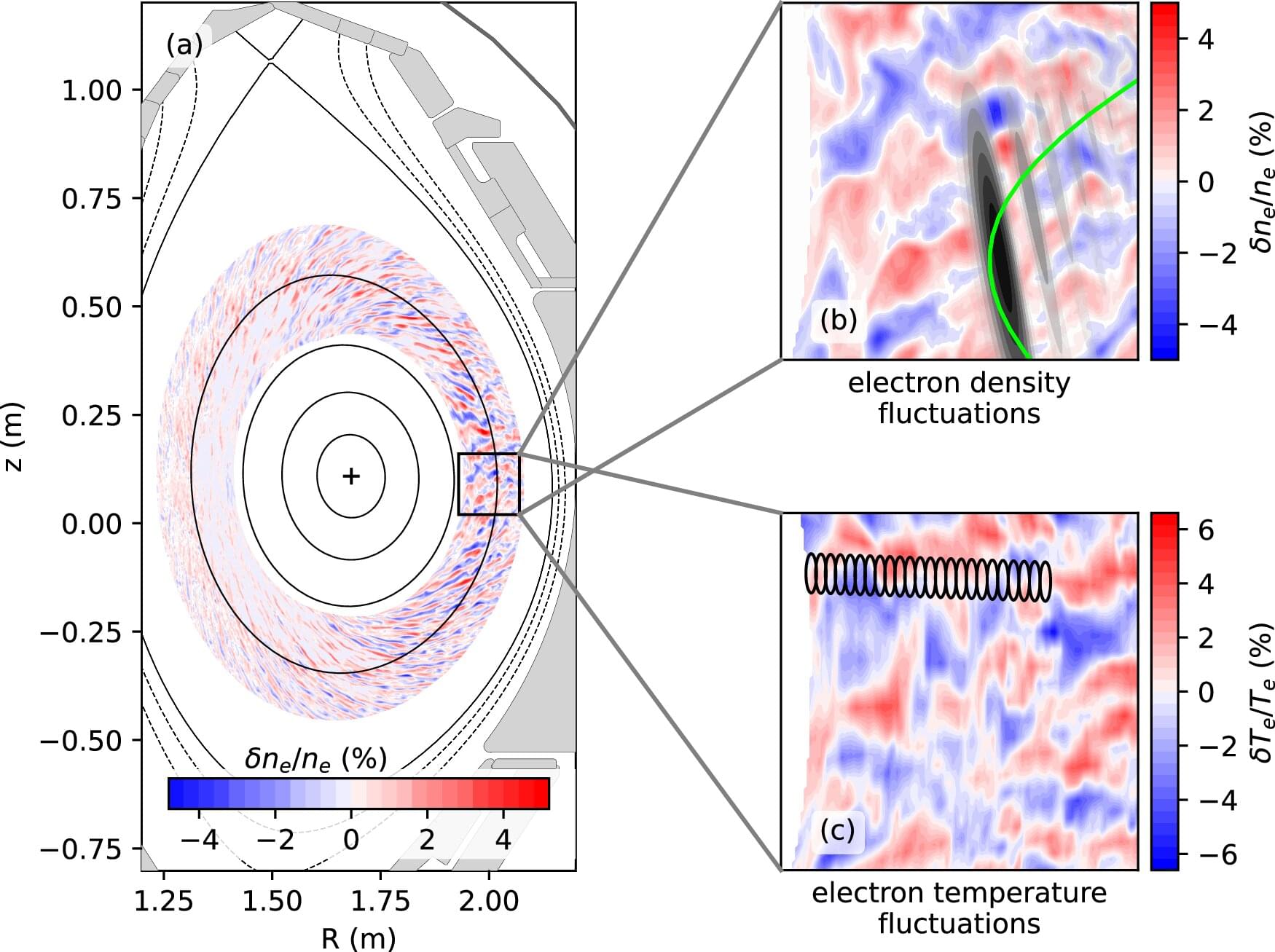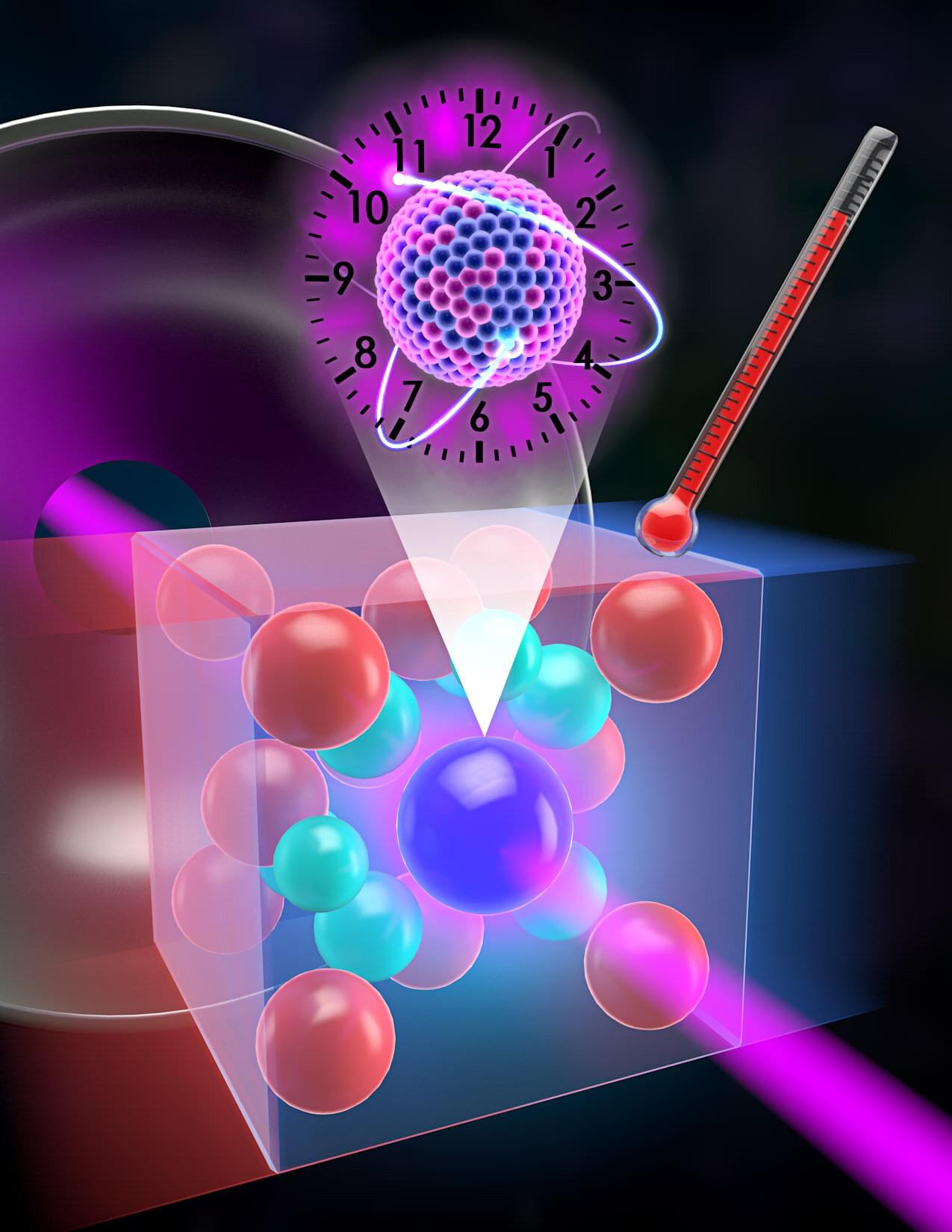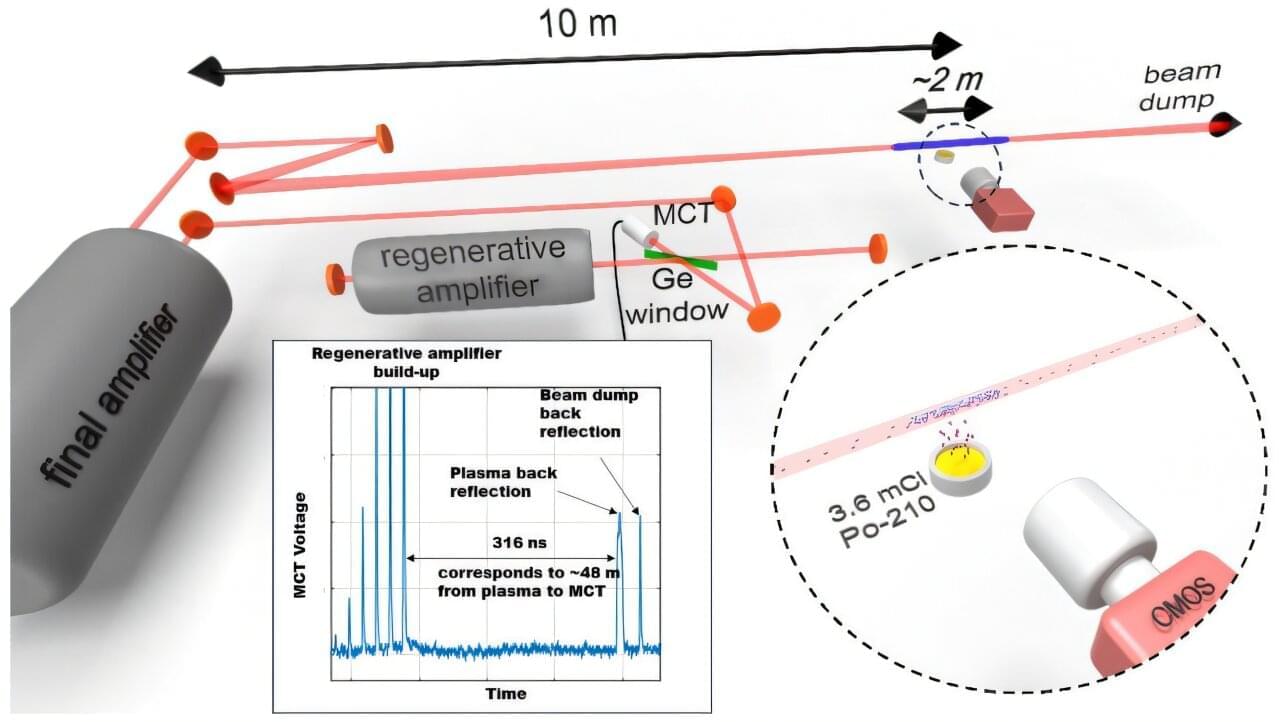The goal of enabling extended deep-space exploration is driving NASA, space agencies, and private players to explore nuclear power solutions.
Recently, two Southern California-based startups, Exlabs and Antares Nuclear, announced a partnership to advance deep-space missions with nuclear-powered spacecraft.
SpaceNews reported that the Exlabs’ Science Exploration and Resource Vehicle (SERV) spacecraft will be equipped with Antares microreactors.
